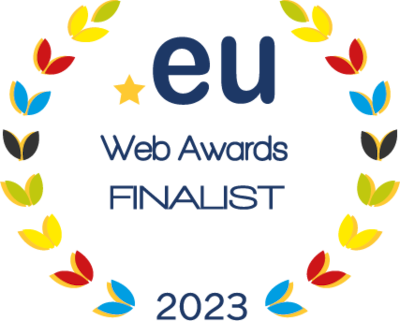
Clean energy for EU island secretariat – The Technology Solutions Booklet
08 Nov 21
The Clean energy for EU islands Initiative was launched in May 2017, underlining the European Union’s intent to accelerate the clean energy transition on Europe’s more than 2,400 inhabited islands. The initiative aims to reduce the dependency of European islands on energy imports by making better use of their own renewable energy sources.
As a support to the launch of the initiative, the Clean energy for EU islands secretariat was set up in 2018 to act as a network for island stakeholders and to provide dedicated capacity building and technical advisory services. Between 2018 and 2020, the Secretariat acted as a pilot project supporting the EU-wide community of islands in their efforts to transition to sustainable energy and reduce energy consumption.
Following the signature of the Memorandum of Split in 2020, the second phase of the Secretariat was launched in the beginning of 2021 and will run for two years. The second phase will build on the results of the pilot years to create a pipeline of bankable clean energy projects on islands in the EU.
About this booklet
This technology solutions booklet provides an overview of energy technologies that are currently commercially available for islands to advance in their clean energy transition. Innovative technologies at early stages of development have not been included as they have not yet been proven to be implementable.
Each technology is presented following the same three-part structure:
1. short description of the technology followed by
2. the pros and cons for its implementation on islands, categorised according to:
- Ease of implementation
- Resources needed to produce energy using this technology
- Usability
- Land use required by the energy solution
- Finance, based on a qualitative assessment
- Ecological impact, which focuses on the environmental impact of the technology during its operation. That is, the lifecycle impact (considering required materials, disposal, etc.) is not assessed unless there is an issue that stands out.
- Island suitability
Each category is labelled as green, yellow, or red based on how the technology performs compared with the rest of the presented technologies.
3. a final section on examples on islands provides inspiration and shows how the technologies are being currently applied on islands around the world.
The technologies are grouped per sector:
- electricity: wind energy, solar photovoltaic, geothermal, marine energy, combined heat and power
- heating and cooling: biomass, heat pumps, district heating and cooling, solar thermal
- transport: electric vehicles, electric ferries and boats, hydrogen (maritime and road transport)
- storage:battery energy storage systems, power to X, and pumped hydro
These three energy solutions are presented as stand-alone options (not part of the previous sectors), with a dedicated structure that adapts to their specificities. - energy efficiency,
- community energy,
- smart grids
The focus of the following pages is to provide details of ready-to-be-implemented technological solutions for islands. Hybrid systems, combining several technologies, allow also combining their advantages and disadvantages so that they complement each other. Combinations are endless though, so they have not been analysed in detail in this booklet.
The suitability of a specific technology or a hybrid solution on an island will eventually depend on the specific characteristics of the island itself: its distance to mainland, its natural resources, whether it is interconnected to the mainland/other islands or not, etc. When transitioning to new energy systems, the focus should always be on decarbonising, i.e. on reducing greenhouse gas emissions.
To understand which areas contribute the most to CO2 emissions and therefore should be first targeted, it is necessary to perform an energy consumption and emissions baseline as suggested in the Clean Energy Transition Agenda (CETA) and explained in the Islands Transition Handbook. Once critical sectors for decarbonisation have been identified, this booklet could help island communities to identify the potential pathways to achieve the island’s decarbonisation objectives. In order to determine the exact solutions and projects to be pursued, pre-feasibility studies would be required to precisely analyse the expected outcome and cost of the chosen technologies.
Useful links are provided throughout the booklet for interested readers to find more information. In addition, at the end of the booklet, we provide a list of useful links to studies, platforms, initiatives and projects.
Finally, the Clean energy for EU islands secretariat website offers information about ongoing projects on EU islands, best practices, webinars and workshops as well as additional useful documents.
Have a look at the booklet here.
All news


